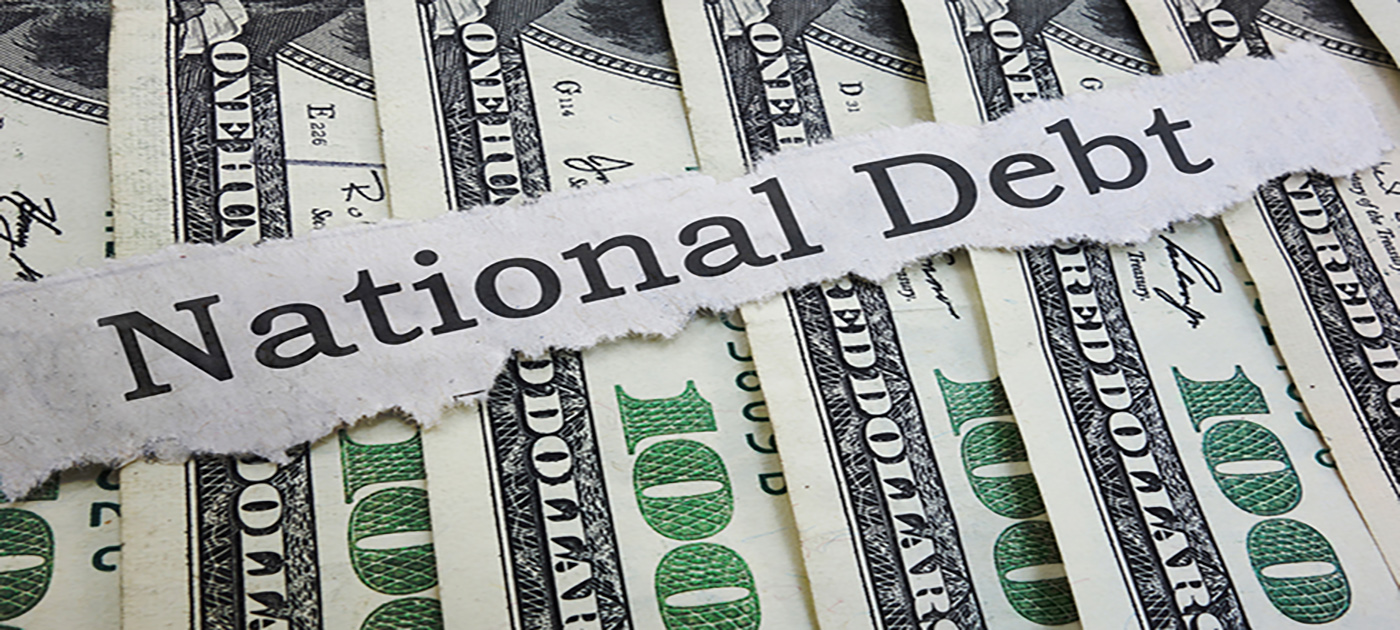Catastrophic Consequences Of The ‘Dysfunctional’ Debt Ceiling Fight
All products recommended by Bizreport are selected by our editorial team, independent of our parent company. Some of our stories include affiliate links. If you buy something through one of these links, we may earn an affiliate commission.

Republicans in Congress and President Biden are at odds over raising the debt ceiling, the amount of borrowing that the United States is legally permitted to do. And X-date is approaching on June 1.
What is the “debt ceiling?”
The debt ceiling sets a ceiling on the overall amount of borrowing by the government. Before the First World War, Congress had to give its permission before the U.S. Department of the Treasury could issue bonds to pay for public expenditures. Later, the national debt cap was changed to its present total debt limit during World War II.
It used to be a rather normal vote to raise the debt ceiling. Congress has lifted the debt ceiling 78 times since 1960, including 29 times under Democratic presidents and 49 times under Republican presidents.
However, Treasury Secretary Janet Yellen has been compelled to take “extraordinary measures to pay the government’s bills” after reaching the most current $31.4 trillion debt limit in January. She has been repeatedly informed that the X-date, or deadline for raising the debt ceiling, might occur as soon as June1.
Potential Impact
New studies from the Congressional Budget Office and the U.S. Department of the Treasury indicate that the “X-date,” or the time when the government will no longer be able to pay its obligations, is quickly approaching in the United States. A default might have devastating economic repercussions, shaking the world’s financial markets. The economy would soon go into reverse if the U.S. government were to stop paying its debts, whether to creditors, contractors, or citizens.
Moody’s estimates that even a brief breach of the debt ceiling may result in a drop in real GDP, the loss of about 2 million jobs, and a rise in the unemployment rate to almost 5 percent from its present level of 3.5 percent. A protracted default would probably cause the economy significant harm, with employment growth changing from its current rate of solid gains to losses of millions. Interest rates on financial instruments used by families and businesses, such as Treasury bonds, mortgages, and credit card interest rates, would increase due to the dangers brought on by the default.
The debt ceiling was raised just two days before the X-date in 2011 after Republicans demanded that President Obama negotiate deficit reduction before reaching an agreement. Solita Marcelli, CIO of the Americas at UBS Global Wealth Management, also stated in a Friday note that she believes the risks of a U.S. debt default are higher now than ever before.
Positive signs
In order to meet with lawmakers regarding the debt ceiling on Wednesday, President Biden cut short his trip to Papua New Guinea and Australia. He stated that he was “confident that we’ll get the agreement on the budget and America will not default.”
Even if a deal isn’t reached by the X-date, some economists have suggested other strategies for avoiding the debt ceiling, such as claiming that the debt ceiling violates the 14th Amendment or minting a $1 trillion platinum coin to be deposited in the Treasury to pay off the U.S.’s debts.
Outlook
Although it has never happened, the United States has almost defaulted. During the protracted discussion in Congress over whether to extend the debt ceiling, for instance, ratings agencies lowered the United States from its highest AAA credit rating to AA+ in August 2011.
Interest rates on financial instruments used by individuals and companies, such as Treasury bonds, mortgages, and credit card interest rates, would surge in the event of a real default. A recession would almost certainly occur without access to finance and it is also possible that the role of the US dollar as a reserve currency and the “safe haven” status of US Treasury bonds may be questioned.
ABOUT THE AUTHOR

ABOUT THE REVIEWER

+ 3 sources
Bizreport Advisor adheres to strict editorial integrity standards avoids using tertiary references. We have strict sourcing guidelines and rely on peer-reviewed studies, academic research. To ensure the accuracy of articles in Bizreport, you can read more about the editorial process here.
-
Will Daniel. The “dysfunctional” debt ceiling fight could deal a $12 trillion blow to the American economy if Washington doesn’t get its act together. Yahoo Finance. Published May 20, 2023. Accessed May 21, 2023. https://finance.yahoo.com/news/dysfunctional-debt-ceiling-fight-could-110000886.html
-
The Potential Economic Impacts of Various Debt Ceiling Scenarios | CEA. The White House. Published May 3, 2023. Accessed May 21, 2023. https://www.whitehouse.gov/cea/written-materials/2023/05/03/debt-ceiling-scenarios/
-
Neuman S. The fight over the debt ceiling could sink the economy. This is how we got here. NPR. Published March 23, 2023. Accessed May 21, 2023. https://www.npr.org/2023/03/23/1163448930/what-is-the-debt-ceiling-explanation


